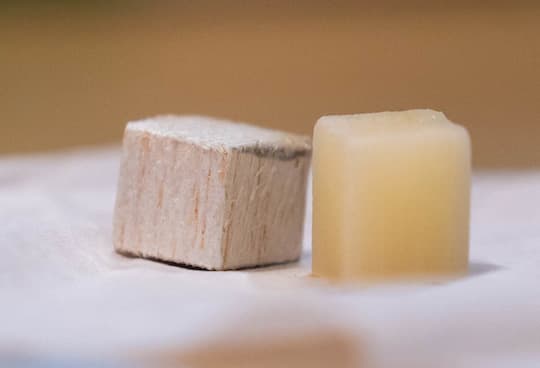With the world focused on addressing climate change, scientists have had to get creative when it comes to developing sustainable building materials that tackle carbon dioxide emissions. Scientists have now devised a new way of engineering wood that makes it stronger and captures carbon dioxide from the air.
Carbon dioxide is recognized as a fundamental contributing factor to climate change. Limiting carbon dioxide emissions associated with the production of structural materials like steel, metal, and cement is a way of indirectly addressing climate change. A direct approach is reducing atmospheric carbon dioxide by capturing it in structural materials.
Scientists at Rice University, Texas, have exploited the natural properties of wood to enhance its ability to capture carbon dioxide. The process involves the introduction of highly-porous microparticle metal-organic frameworks (MOFs) into the wood after the internal framework has been cleared out. This process is known as delignification.
“Wood is made up of three essential components: cellulose, hemicellulose and lignin,” said Muhammad Rahman, corresponding author of the study. “Lignin is what gives wood its color, so when you take lignin out, the wood becomes colorless.”

Once it has been delignified, the wood is ready to house the MOF.
“The MOF particles easily fit into the cellulose channels and get attached to them,” said Soumyabrata Roy, a Rice research scientist and lead author of the study. The MOFs then adsorb carbon dioxide.
MOFs are not generally known for their stability under varying environmental conditions. They tend to be vulnerable to moisture, which is obviously something to be avoided in a structural material.
However, in their study, the team at Rice found that the MOF they used – which had been developed by Professor George Shimizu and his colleagues at the University of Calgary – exceeded others in terms of its performance and versatility under various conditions.
Testing the engineered wood’s tensile strength, it was found to be stronger than normal, untreated wood and more able to withstand environmental stressors such as bending. They also claim the process used to produce the wood is potentially scalable and energy efficient.
Building construction and use contributes more than 40% of human-produced greenhouse gas emissions, so this discovery opens up the possibility of a greener construction alternative. One that is sustainable and renewable.
The study was published in Cell Reports Physical Science.
Source: Rice University
Source of Article